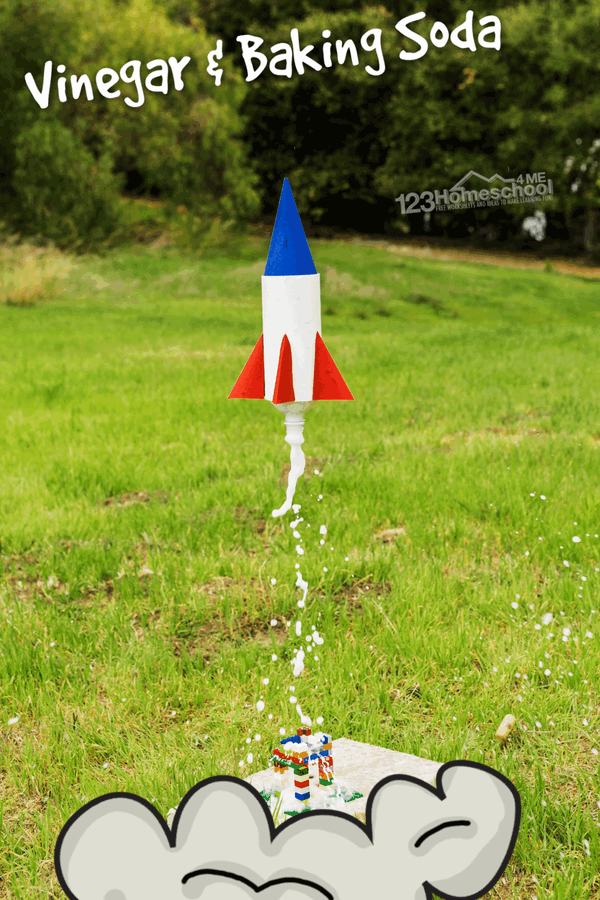Whether you are a parent, teacher, or homeschooler this fun chemical reaction experiment is a must!
This basic science project is an example of a chemical reaction.
In achemical reaction, two or more different molecules react with one another and form new molecules.

This gas is what forms the bubbles in the reaction.
Chemical reactions like this happen all the time.
When food is digested and silver tarnishes, a chemical reaction has taken place.

Sometimes these reactions create more than new molecules.
Sometimes, they create heat.
Vinegar and steel wool reaction
Gather these supplies to get your experiment started.

Cover the steel wool with vinegar and let it set for one minute.
Remove the steel wool and gently squeeze out any excess vinegar.
Wrap the steel wool around the base of the thermometer and place the thermometer into the glass beaker.

Cover the beaker with a paper towel or a lid to trap the heat inside.
Note any changes to the beaker or its contents.
steel wool and vinegar reaction balanced equation
Steel wool contains iron.

When iron is exposed to oxygen, rust forms.
Rust is a product of a chemical reaction between iron and oxygen.
Steel Wool has a protective coating that keeps oxygen from coming into contact with the iron.

Vinegar contains acetic acid which removes this coating.
This reaction is also an exothermic reaction.
It creates heat energy.

You should be able to read the increase in temperature on the thermometer.
You might, also, notice condensation on the sides of your beaker.
This is triggered by the increase in the temperature inside the beaker.

Try water, milk, or orange juice.
Note the differences and venture to determine why those differences occurred.
Youve GOT to try some of theseoutrageously funscience experiments for kids!









